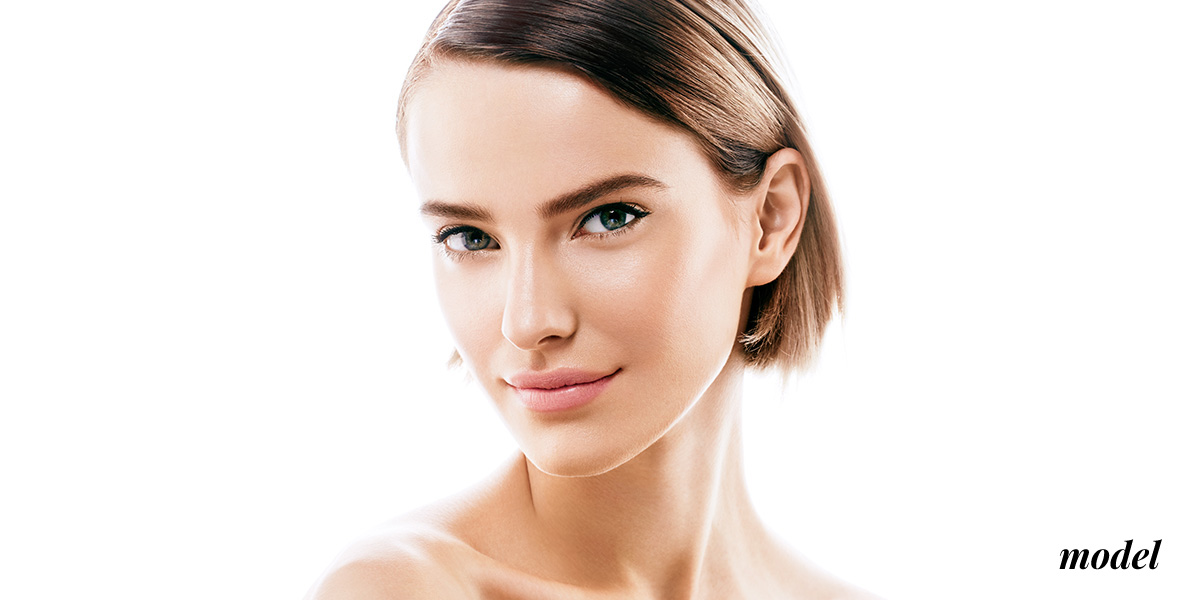
Rhinoplasty is typically considered to be a purely aesthetic procedure. Certainly, rhinoplasty can be one of the best ways to make cosmetic improvements to the size, shape, and structure of your nose, but there can also be some functional benefits. For example, rhinoplasty can sometimes address difficulties with breathing, including common problems like sleep apnea and snoring. In fact, a significant number of the rhinoplasty patients we see are motivated not just by aesthetic goals, but by a desire to improve their breathing.
What Causes Breathing Problems?
There are a number of reasons why patients may struggle to breathe properly, but the most common factor by far is a structural abnormality of the nose itself.
An especially common structural issue is what doctors call a deviated septum. The septum is the thin piece of cartilage that separates your nose into two chambers. Ideally, your septum is centered, allowing air to flow easily and effortlessly through both chambers.
It is not uncommon to have a septum that is crooked or uncentered. This results in one nasal passageway that is smaller than the other, which in turn leads to difficult or labored breathing.
Many people have a deviated septum and do not even realize it. In fact, a majority of people have some level of deviation in their septum, though the problem is often so minor that it does not impact breathing or require treatment. But if you do have a deviated septum or other breathing problems, they can impact your health in several ways








